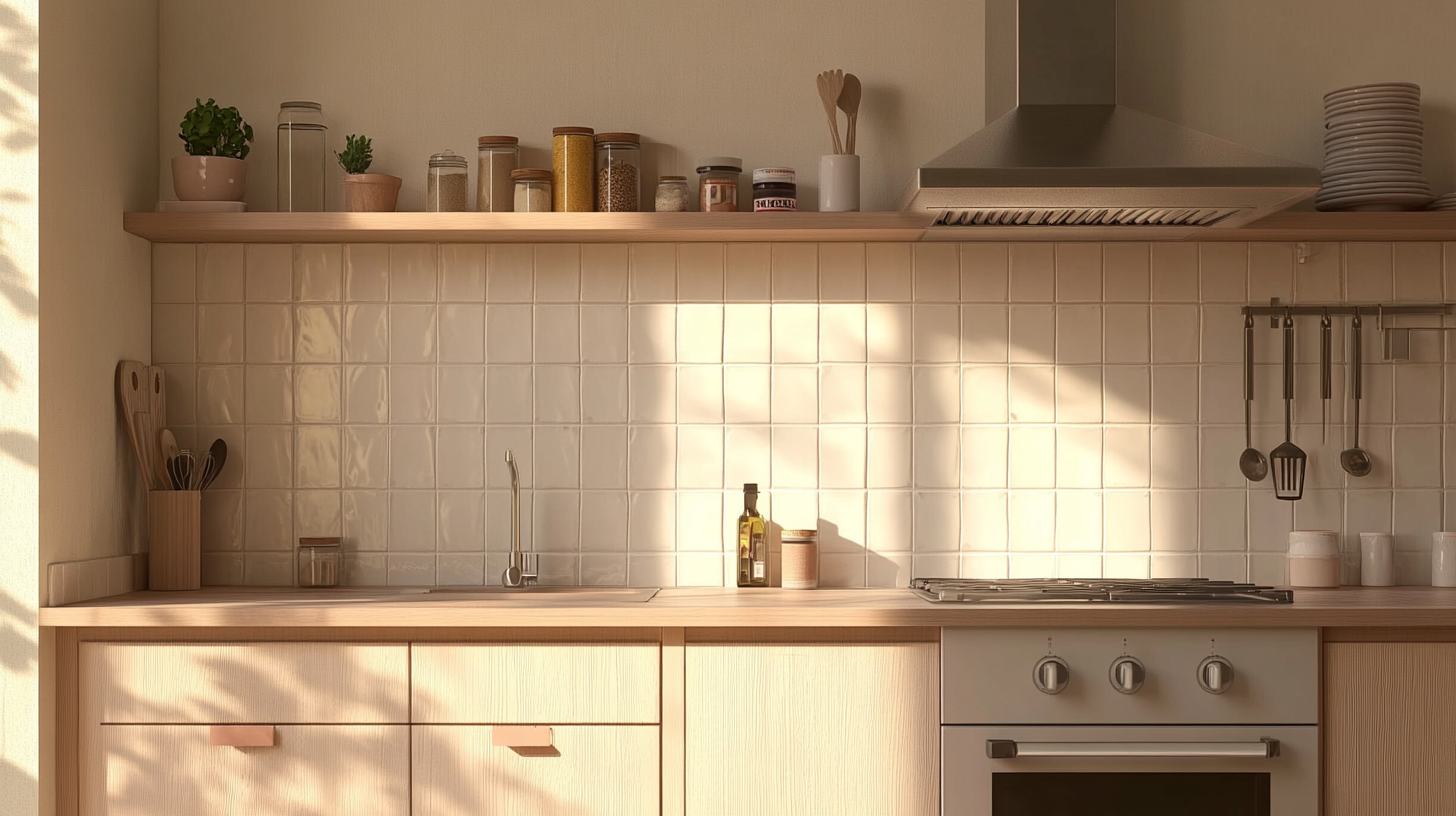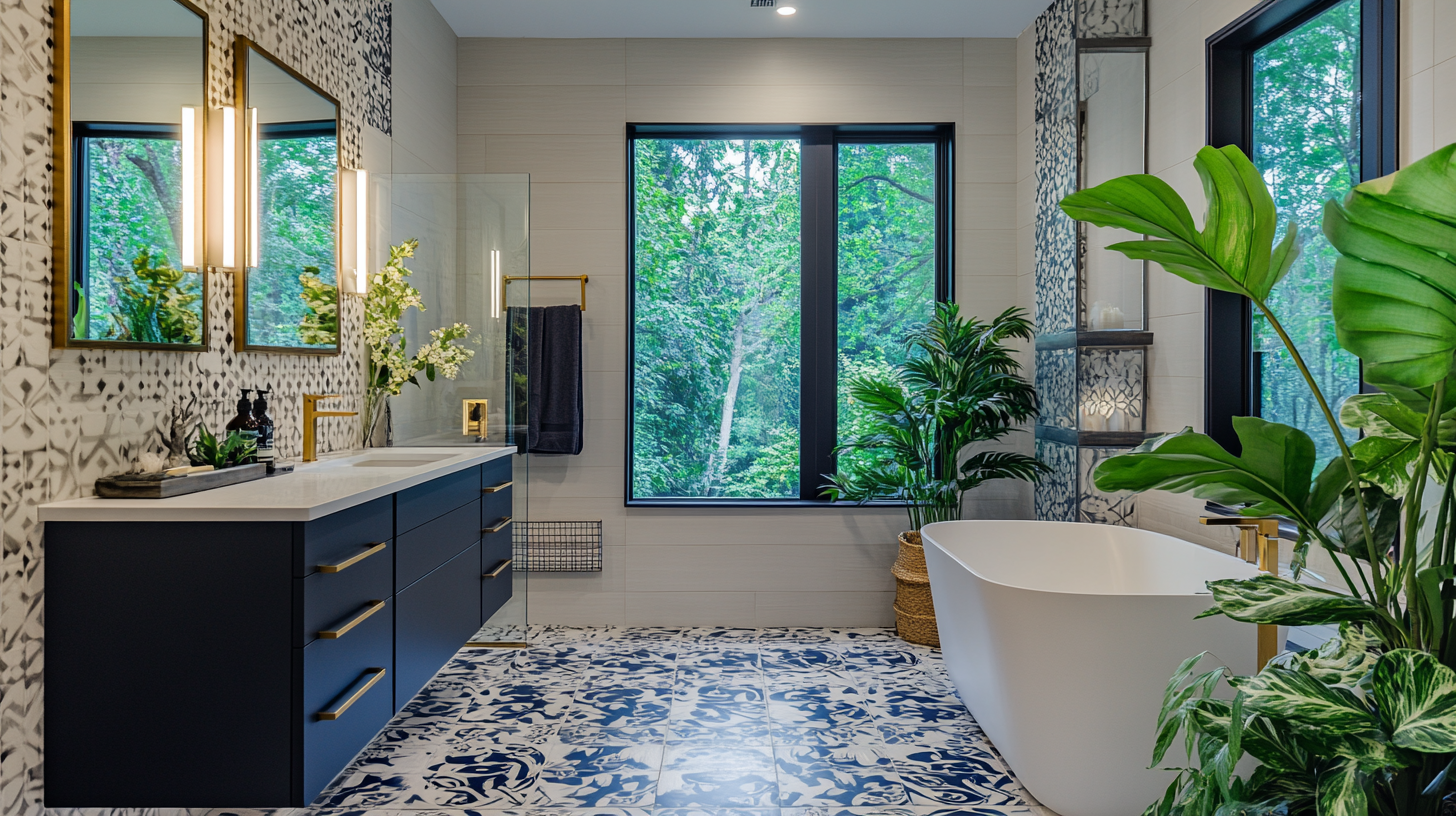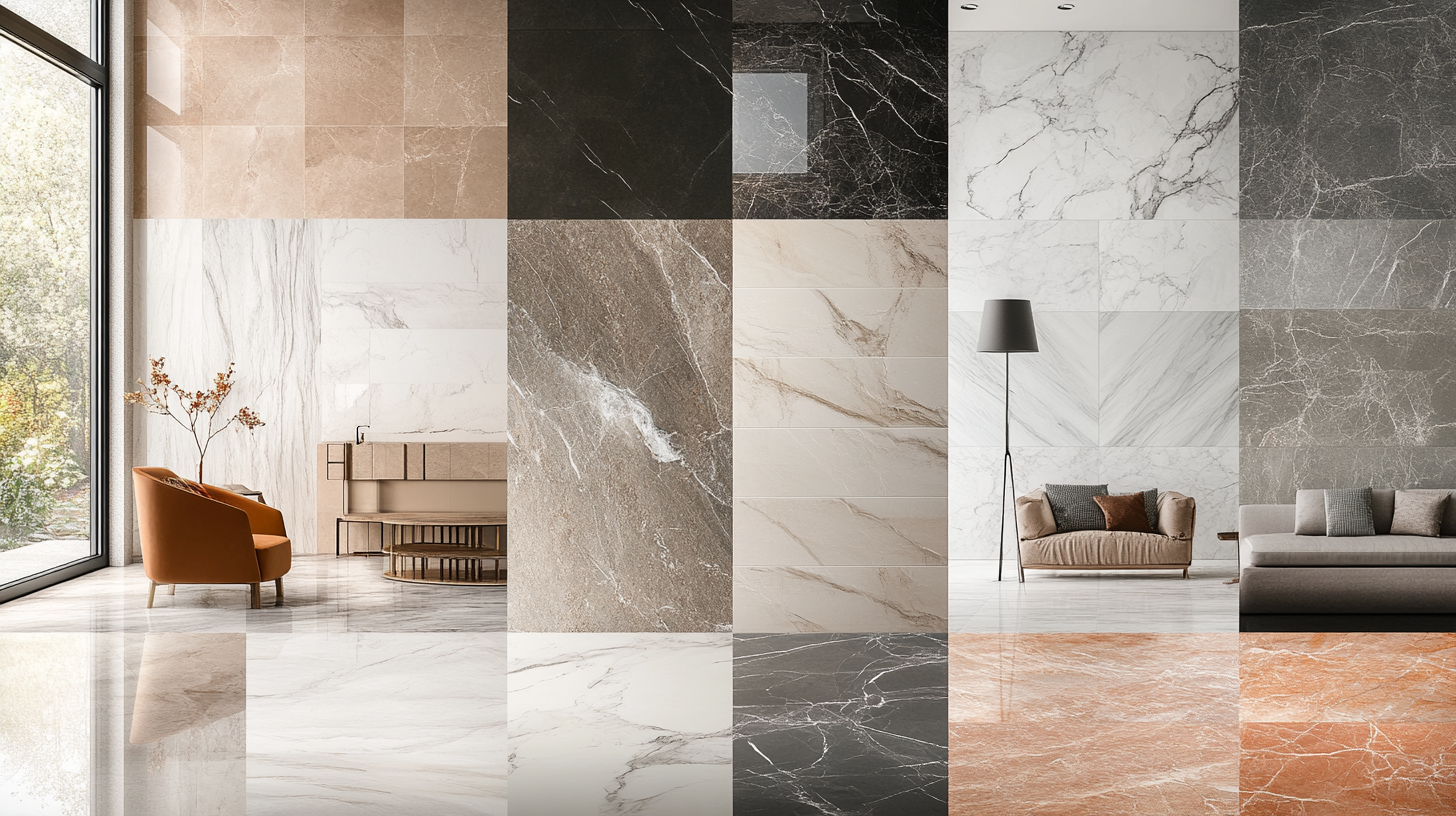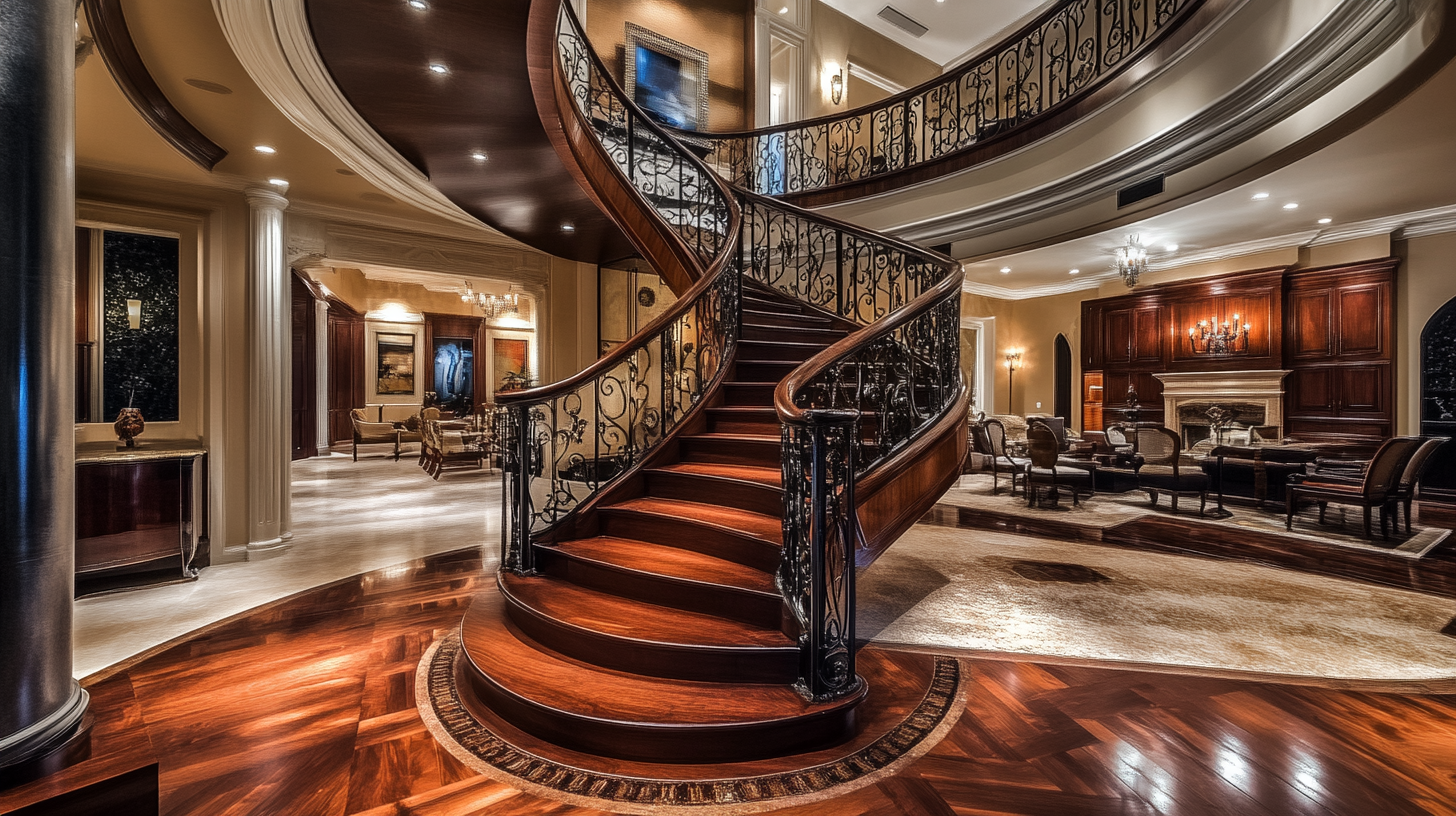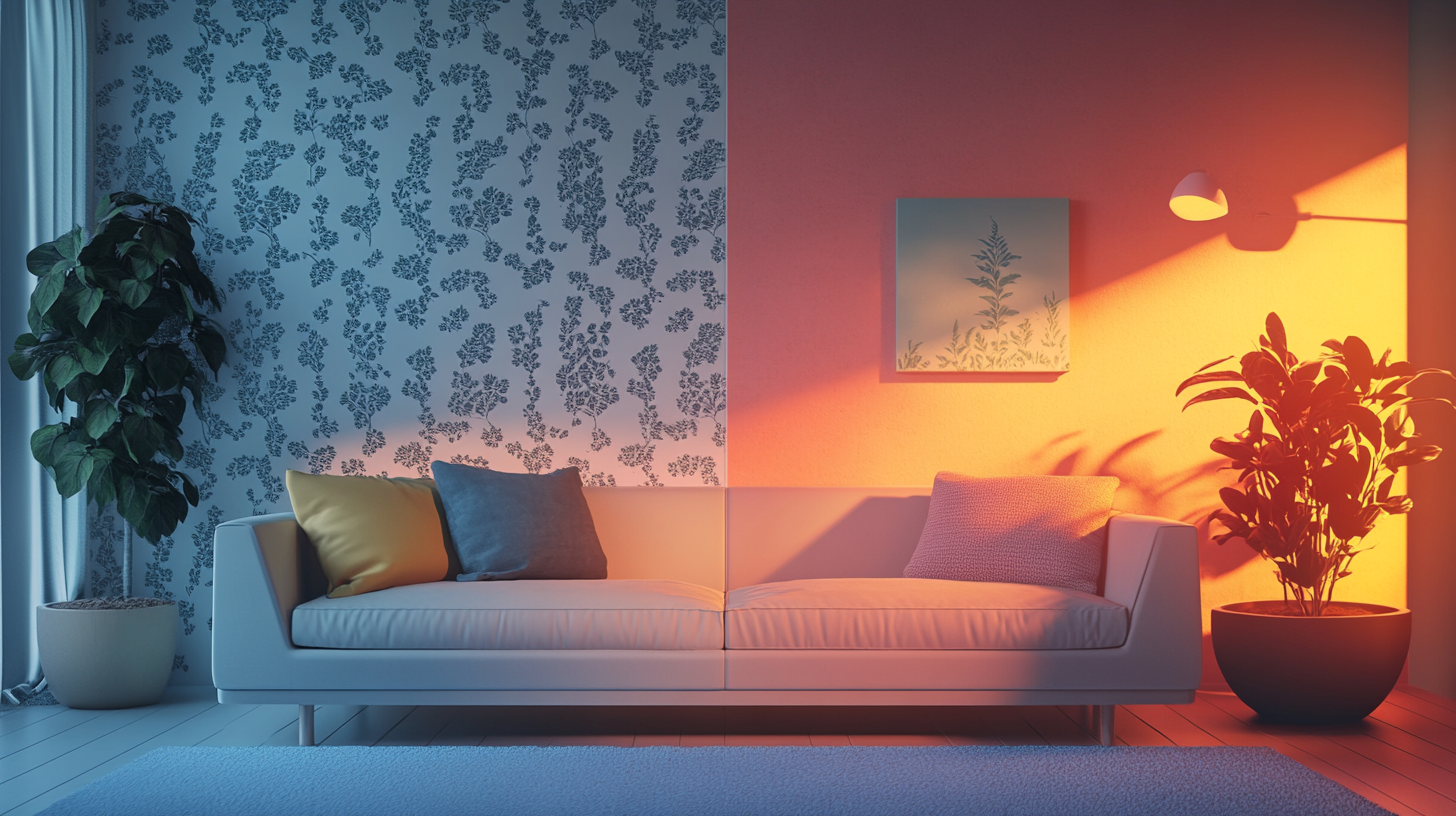
Wallpaper vs. Paint — Which is Better for Your Walls?
When designing the perfect space, walls play a critical role in setting the tone and mood of the room. Whether you’re a homeowner embarking on a home makeover, an interior designer looking for inspiration, or a DIY enthusiast eager to try something new, choosing between wallpaper and paint is a decision that significantly impacts your home décor.
Wallpaper offers intricate patterns and textures, while paint gives you sleek, smooth finishes. But which one is better for your walls? This blog explores the pros and cons of both, from aesthetics to durability, cost, maintenance, and eco-friendliness, helping you make the best choice for your space.
Aesthetic Appeal
Wallpaper
Wallpaper is your canvas for creativity, offering endless design possibilities. From intricate floral patterns and 3D designs to bold murals and subtle textures, wallpaper provides incredible variety. Modern technology even allows for customizable wallpapers, bringing any vision to life. It’s perfect for making a statement or adding unique character to a room.
Paint
Paint is versatile in its own right. Whether you prefer solid bold colors, neutral tones, ombrés, or unique finishes like matte, satin, or gloss, paint can be customized to suit your taste. It works well for creating seamless, sleek walls or as a subtle backdrop for furniture and décor.
Comparison:
- Wallpaper is ideal for unique, intricate, or bold designs.
- Paint works better when simplicity and subtlety are key.
Verdict: If design flexibility is your priority, wallpaper wins.
Durability and Longevity
Wallpaper
High-quality wallpaper can last 10–15 years or more if installed properly. It’s resistant to minor scratches and damage, and newer materials offer excellent fading resistance. However, it can peel in high-humidity areas if not installed with care.
Paint
Paint can last 5–10 years, depending on the quality and type. However, it is prone to chipping, cracking, and fading over time. While touch-ups are possible, they often result in visible inconsistencies.
Comparison:
- Wallpaper is durable but requires the right conditions to last.
- Paint may need regular touch-ups and repainting for a fresh look.
Verdict: Wallpaper generally holds up better over time if you’re looking for longevity.
Cost and Budget
Wallpaper
On average, wallpaper is more expensive upfront. Material costs and installation charges are higher due to the specialized tools and skills required. However, its longevity reduces long-term maintenance costs.
Paint
Paint is more budget-friendly to start with. High-quality paint may cost more, but even then, it’s often less expensive than wallpaper. However, it requires more maintenance over time, potentially increasing overall costs.
Comparison:
- Paint has lower initial costs but requires more frequent updates.
- Wallpaper demands higher upfront investment but pays off in the long run.
Verdict: If you’re planning for the long term, wallpaper is more cost-effective.
Installation Process
Wallpaper
Installing wallpaper is a meticulous process. It requires precise measurements and the right tools for cutting, aligning, and applying adhesive. A single mistake can ruin the look, so it’s often best left to professionals.
Paint
Painting is fairly straightforward, making it a popular DIY option. However, prepping the surface (cleaning, sanding, and priming) is essential and can be time-consuming. Drying also adds to the overall timeline.
Comparison:
- Wallpaper installation is more challenging and less DIY-friendly.
- Painting is simpler and requires fewer specialized skills.
Verdict: For ease of application, paint takes the lead.
Maintenance and Cleaning
Wallpaper
Modern wallpapers are designed to be washable and stain-resistant, but delicate textures like fabric or silk require careful handling. Greasy stains, however, can permanently damage wallpaper.
Paint
Washing painted walls is straightforward, especially with washable or stain-resistant paints. Minor imperfections like scuff marks can be easily touched up with a fresh coat of paint.
Comparison:
- Wallpaper requires more care to avoid permanent damage.
- Paint is easier to clean and repair.
Verdict: If effortless maintenance is a priority, paint is the better choice.
Room-Specific Suitability
Wallpaper
Wallpaper works best in low-moisture areas like bedrooms, living rooms, and dining rooms. It’s perfect for feature walls and spaces where aesthetics matter most.
Paint
Paint is highly versatile, making it better suited for kitchens, bathrooms, and other high-moisture areas where wallpaper might peel over time. Its mold-resistant variants are ideal for these spaces.
Comparison:
- Use wallpaper for stylish, low-moisture rooms.
- Choose paint for functionality in moisture-prone areas.
Verdict: It’s a tie, depending on the room.
Eco-Friendliness
Wallpaper
Many brands now offer eco-friendly options made from recycled materials, along with VOC-free adhesives. However, the production process for certain designs can still have a larger environmental footprint.
Paint
Eco-paints with low VOC (volatile organic compounds) are widely available and less harmful to both health and the environment. Make sure to check for certified labels for truly sustainable options.
Comparison:
- Wallpaper can be eco-friendly but varies greatly depending on the brand.
- Paint (when opting for low-VOC options) is generally better for sustainability.
Verdict: Paint has a slight edge for environmental and health considerations.
The Final Word on Wallpaper vs. Paint
Both wallpaper and paint offer unique advantages depending on your needs, preferences, and the room in question.
- Choose wallpaper if you want dramatic designs, long-lasting results, and a sophisticated look for spaces like bedrooms or living rooms.
- Go with paint when affordability, ease of maintenance, or high-moisture resistance is the priority in spaces such as kitchens or bathrooms.
Pro Tip:
Why not combine both? Use paint for most of the room and a wallpapered accent wall to add a touch of personality.
